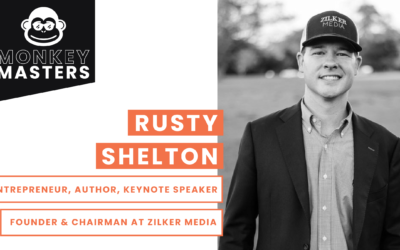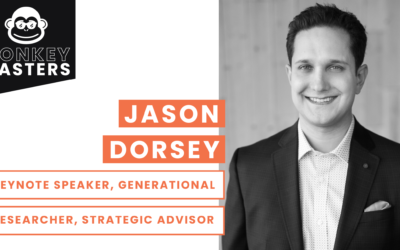Darling you got to let me know…
Should I stay or should I go?
If you say that you are mine…
I ‘d be here until the end of time.
So you go to let me know, should I stay or go
– The Clash
I was driving my daughter home from school the other day when this rock classic came on the radio. I had used this Clash song to express my emotions to my girlfriend way back in 8th grade. It was a long time ago but my inability to express myself remains an issue to this date. But I digress…
As the song came to an end my mind drifted to my day job as an investor at Next Coast Ventures. (Yes, my mind works in very odd ways but this too is a digression).
I began to dream of an optimistic post-pandemic world which hopefully is not far away. In short, a world where we get back to some sort of normal human interaction. (Hugs, anyone?) Clearly, the pandemic has been a horrible event on a global scale and I have no intention of minimizing the pain and suffering that has come from COVID-19.
But I am an optimist at heart and hopeful that the future will be better than the past. It is easy to look around and see how many traditional human behaviors that we all took for granted were restricted, revised, or entirely thrown out overnight. (Again, hugs anyone?)
So, as I thought of the song, I began to wonder which behaviors that we have adopted in the pandemic will persist and which will quickly drop off. Or, as the song goes, what “should stay and what should go?”
At Next Coast Ventures, we have been reading and thinking long and hard about this and have yet to reach a definitive conclusion. What we do know is that there were several obvious industries that were on a five to ten-year path of new technology adoption, but the global pandemic accelerated this into less than a year.
How many of you have now seen the doctor on Zoom?
When was the last time you handed cash to someone?
Better yet, when was the last time you had a meeting in person and not a Zoom call with an awkward wave sign-off at the end?
If we step back and evaluate each of the biggest behavioral changes and categorize them into three levels of staying power- Permanent, Temporary, Hybrid – we can begin to have a deeper discussion of where the “tech puck” is going to be in the next five to ten years, (the very time horizon that most venture investors focus on).
Permanent change for us means we expect that human behavior is generally changed forever and the likelihood that we go back to the way it was is very low. The old version of office
space, in which your employer mandates physical attendance at a specific location is a prime example of something being permanently changed. It will be hard to put the work from home genie back in the bottle. We foresee most companies permitting some level of WFH (as the young kids say). Handshakes might be another example. (But hopefully not hugs). Widespread e-commerce adoption is clearly one that will persist and continue to force companies to pursue online options and accessibility.
Temporary change for us means behaviors that we fully expect to end completely once we feel safe. How bad would you like to go to an arena to see a band play or your alma mater’s volleyball team in the finals? Travel, entertainment, dining and university education seem to be good examples of temporary change items that we hope to see back very soon.
Hybrid for us means that the old behavior will not completely return to the way it was, but the pandemic adoption is not sustainable either. Busy parents are unlikely to want to make in-person appointments and drive halfway across town in traffic just to see the doctor for a refill. What office space might look like is a good example of a hybrid change. Several companies in our portfolio are re-envisioning their office environments as they consider the need to support both in-person work and remote work.
Here are a few broad “post pandemic” behavioral change questions we are contemplating: – What sort of office space does “the company of the future” really need?
– What does the future IT stack of the company of the future need to look like?
– Though the housing market has rebound in most markets, is the current migration out of large cities to smaller cities or rural areas going to reverse when cities fully reopen?
– What does the future of education really look like? How do you justify the cost of higher ed if it’s all online?
– How many consumers are now fully hooked on the often expensive drug of delivery, getting both goods (groceries, fast fashion, etc) and services (telemedicine, therapy) delivered remotely?
I am sure we are forgetting some other key behavioral changes. It is worth mentioning the pandemic was experienced differently not only on a personal level but also geographically so we want to make sure we are not making too sweeping of observations. (For a great global perspective on this topic check out Benedict Evans’ presentation here).
Let us know the gaps in our thinking and any thoughts on this post. What behaviors do you think will return to the old form? What did we miss? And what do you think will stay?


